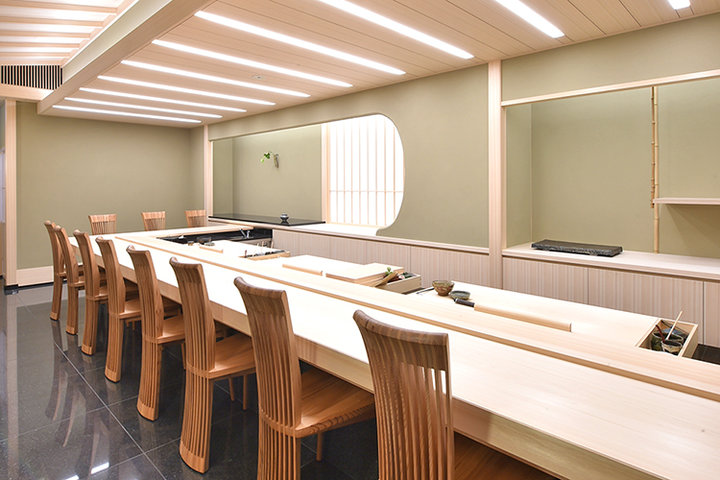
(Ginza)
The highest-grade sushi of a long-established in Ginza

October 6th, 2018; the storied Tsukiji Fish Market was retired, and its operations moved to the new Toyosu facility.
The new Toyosu Market, while perhaps lacking in the rustic charms of its predecessor, is slated to be a 21st century behemoth boasting a world-class seafood-trade volume, including that of inherited flagship Bluefin Tuna. Of in-market vendors merchandising the prized fish, one stands out in particular as the recent darling of Ginza’s finest haute-sushi destinations; ‘Yamayuki’, a specialty tuna broker with sublet operations spanning everything from specialty merchants to restaurants and an enviable client list spread across Japan’s isles. But why do renowned chefs tussle over ‘Yamayuki’-brand seafood? Read our Editorial Blog’s 【Special Interview】 (link below) to find out; ‘Yamayuki’ president Takayuki Yamaguchi himself shared with us his history and secrets, and what comes next with the move to Toyosu.
【Special Interview】”Where there be aspiration,there be action” – Takayuki Yamaguchi, and the Spirit of Specialty Tuna Merchant Yamayuki〜Spoiler Alert! Short Episodes from the Interview〜
Looking Back; How Tuna Endeared a Merchant
One time back when, I sold this one tuna to a client; it was an early-spring catch from Wakayama’s Nachikatsuura port, and looked absolutely beautiful. The client too was overjoyed, but I wasn’t impressed; the taste of this supermodel beauty didn’t nearly stand up to its figure, it was like gilded gold. The same season, I sold a tuna caught via fixed-net fishing off of the northern Sado Island, and was surprised by an angry call at 10PM the same day; I rushed to my client in panic, as it was one of few high-end Ginza sushi restaurants that I sourced to at the time. When I got to the restaurant, the chef showed me the tuna I had brokered, bruised and blackened; fuming, he told me to take a bite, and I was doubly surprised. The unsightly exterior belied an incredibly rich flavor inside. While ‘fixed-net fishing can lead to blackening over time’ was one thing I learnt, the shocking lesson was not it; rather, realizing that looks and taste did not necessarily correlate was the life-changing message I took home that day. From then on, I’ve been totally captive to the magic of tuna; to this day, I constantly look to learn more, from what they feed on and how they grow, to where they are caught, when, and how.
‘Good-Looking’ and ‘Good-Tasting’ Tuna
Keep in mind this is merely personal preference, but the first thing I look for in tuna is its aroma; from experience, tuna that I find ‘good-tasting’ has a unique and full-bodied aroma that wafts through the depths of one’s nose, especially after eating a lean ‘akami’ piece. This ‘tasteful, tasteless’ measure, alongside the balance of fat and tenderness of body, are my major barometers for finding ‘good-tasting’ fish. Although some may say otherwise, as far as I am aware, too much fat can take away from the aroma; hence, the total balance of the tuna is of foremost importance.
To add on, spring-caught tuna is the most aromatic; with spring tuna, each cut from lean to fatty has its own independent and robust flavor. Regarding tuna caught in other months, I believe those with cross-sections that show a full spectrum of reds, a gradual transition from lean to fatty rather than those with obvious borders, to be the best. In terms of weight, I tend to find the best tasting to be in the range of under 150 kilograms on the smaller side of the tuna scale, with those having been caught via fixed-net fishing having the most complete palette of flavor. But of course, the balance of fat too is important; although during seasons in which fish accumulate fat, namely winter, the aroma and thus totality of tuna tends to wither, I prefer to see this as a positive. Winter is the time of year to enjoy silky fatty tuna, and spring its dynamic and bursting aromas; after all, Japanese cuisine prides itself on the transient qualities of its ingredients and dishes, so why shan’t tuna be part of that?
Compared to my preferred ‘good-tasting’ tuna, tuna seen more commonly as ‘good’ tends to be the popular ‘good-looking’ tuna; such fish tend to be large and imposing, and its cuts shining bright defying time, lined with melt-in-your-mouth fat. I wouldn’t say such tuna are bad; once again, it is a matter of preference, and the fish a middleman chooses is utterly dependent on a client’s restaurant and style.
Selecting the ‘Perfect’ Tuna for Every Client
The finest sushi is only complete with the perfect rice and seafood matching; I want to make sure that each chef receives the best possible tuna for his sushi, and visiting myself is my way of making sure. I do try to be honest when I give opinions, too; for example recently, when I’ve felt that on some occasions a chef’s rice was too ‘bold’, I haven’t been afraid of saying so. Stating my opinion whether positive or not is my way of adding to the art that is ‘sushi’, of providing a more complete and enjoyable experience to my final consumers.
One thing I noticed through visiting my clients often; the best sushi is made from freshly cooked rice, and hence the best sushi restaurants often cook anew several times pre day, whether they use it all or not. Chef Harutaka of Harutaka I remember cooked thrice every day, even when he first opened up shop and had little to no one coming; Chef Arai of Sushi Arai too, I’d wager he cooks at least 4-5 times a day given his que. By cooking often, they ensure each guest receives the same, exquisite pieces executed to the best of their incredible abilities. Of course, when ‘shari’ was still sugar-heavy, chefs could get away with less labor; but with ‘bold’ rice being dependent on salt and vinegar, and with vinegar being the fast-evaporating liquid it is, in the current day it is critical to keep your ‘shari’ fresh and new. I’ve come to think this is quite an important trait, to the point that when I visit clients, we speak on the topic, with myself often advising new chefs to cook rice with regularity; it may be wasteful, but if you don’t have guests, there’ll be more waste to go around, after all.
Another thing I make sure of is to keep in mind a chef’s preferences; if I know a chef has a certain ‘like’ regarding his fish, I will make sure to only source items that fulfill his needs. I am adamant on this principle; I actually tell my clients “if ever there I source a less-than-satisfactory tuna, please, be forthcoming and tell me about it”. I am sure you as Pocket Concierge too are well aware, but customers book restaurants hoping for a fun and delicious experience; as a foodie myself, I would loathe to undermine such innocent expectations in irreparable manner. So I mean every word when I say “if a fish is not what you wanted, I will be more than happy to find an immediate replacement”. I believe this strictness, my willingness to stick to harsh principles at my own expense is part of the reason I was able to nurture the relationships I enjoy with my clients to the degree I do today.
Through the 【Special Interview】, Mr. Yamaguchi made undeniably clear his undying passion for tuna; endeared by this drive, astonished at his proficiency in selection, we are more than sure that he will continue building on his successes, and achieve even greater heights as a merchant.
Finally, we sincerely hope you do read our blog article, for more regarding ‘Yamayuki’, and a selection of recommendations from our Concierge, a list of some of Japan’s finest sushi restaurants that feature ‘Yamayuki’-brand Bluefin tuna.
【Edited By】 Pocket Concierge Editorial
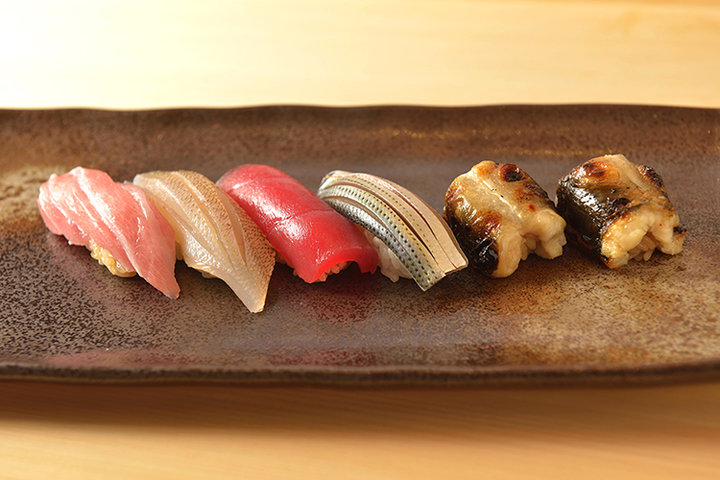
(Ginza)
"Fun Sushi" that you should go to eat right now — The boss's excellent technique and experience learned at a highly renowned sushi restaurant is at show!
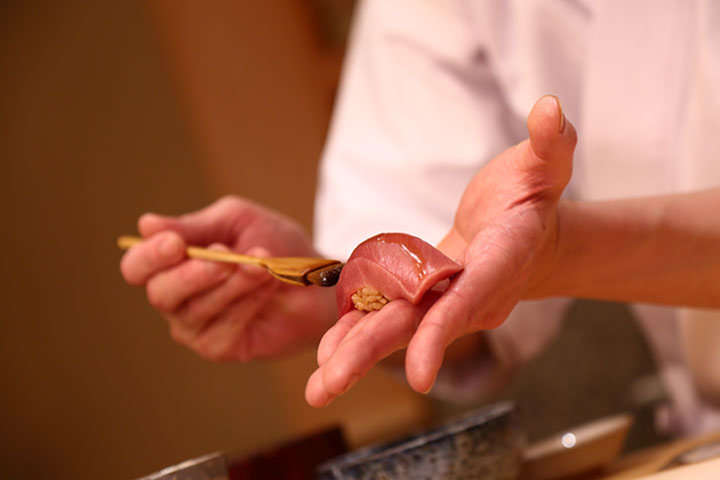
(Ginza)
Quintessential Edomae-sushi made with natural ,domestic Pacific bluefin tuna, flavorful red vinegar, and special rice
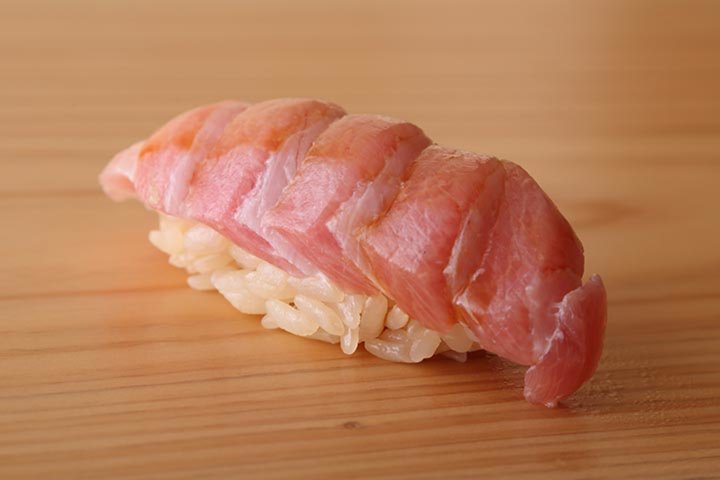
(Ginza)
A sushi restaurant in Ginza 8-chome with 8 premium counter seats for the sole purpose to enjoy the finest sushi.
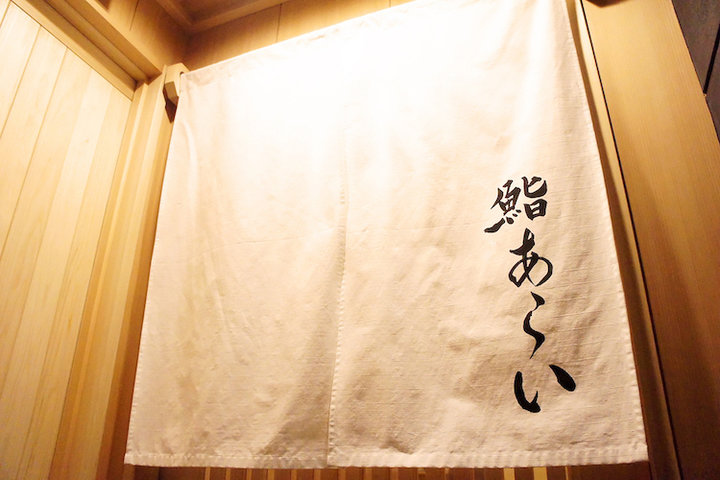
(Ginza)
Having trained at fine establishment such as Kyubei and Sushisho, the young chef here prepares sushi that continues to amaze the sushi-lovers.
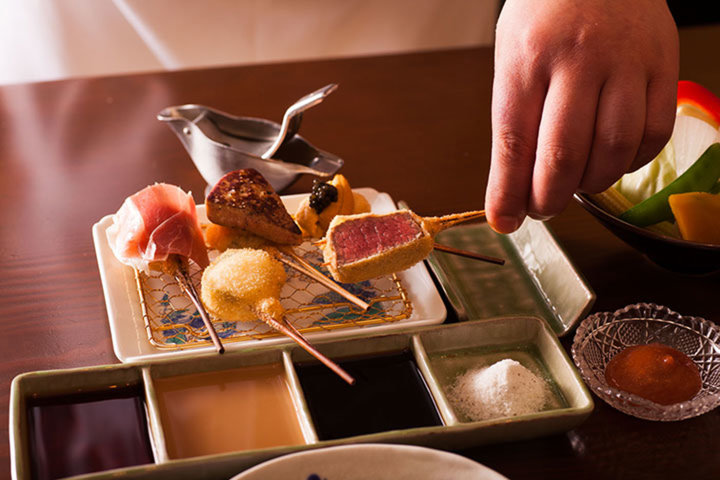
(Ginza)
Techniques Learned from a Highly Sought-After Restaurant, Low-Sugar Kushikatsu That Uses High-Grade Ingredients
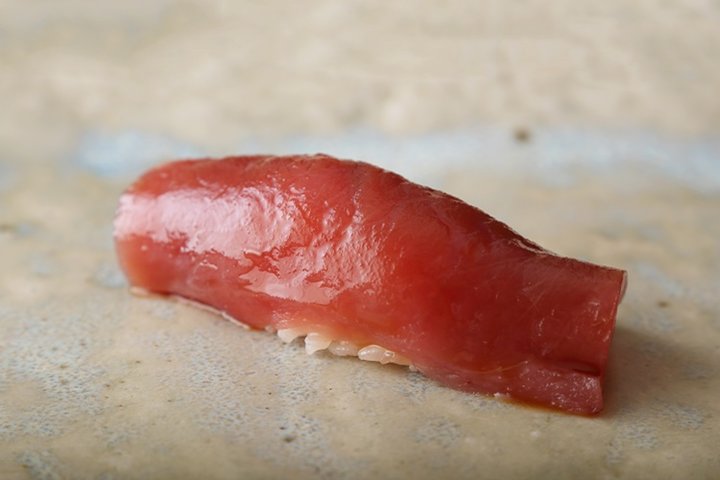
(Shinjuku)
The Edomae-style sushi restaurant near Shinjuku-Gyoenmae following the tradition of the famous sushi restaurant "Sushi Sho"
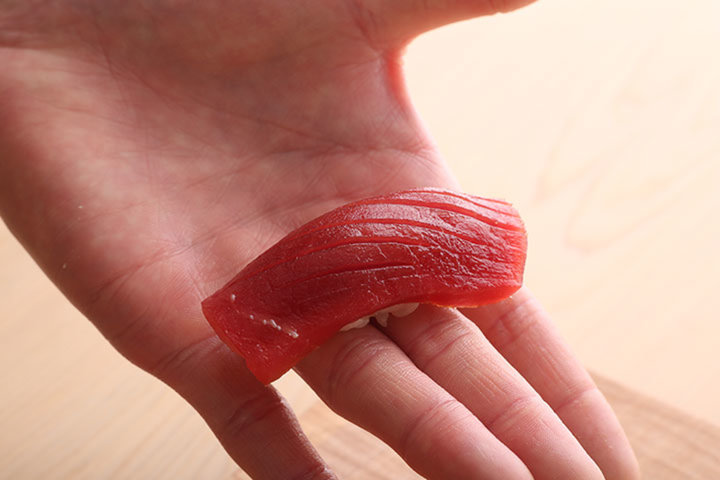
(Kioicho)
A well-known restaurant with difficulty making a reservation, a fresh hospitable setting
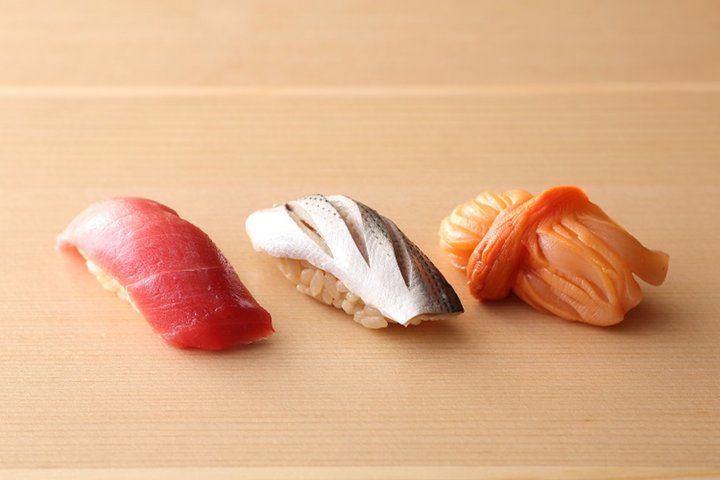
(Roppongi)
Traditional skill combining with personal specially, a revolution of Edo Sushi
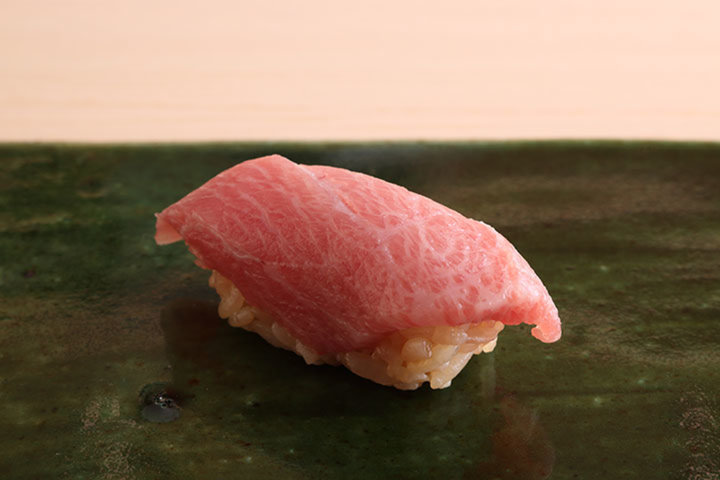
(Azabujuban)
Delicious, delightful Edo-sushi brought to you by an owner with honed language and customer service skills.
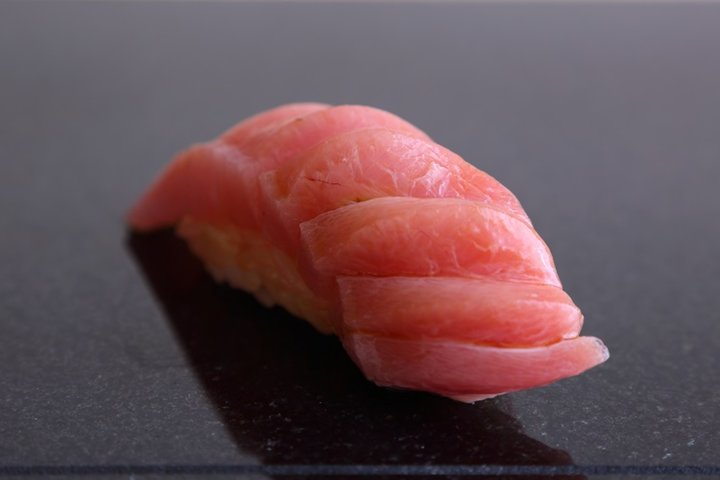
(Shirokane Takanawa)
A new world in Shirokane Takanawa - Combines Tokyo-style Sushi and Kyoto cuisine
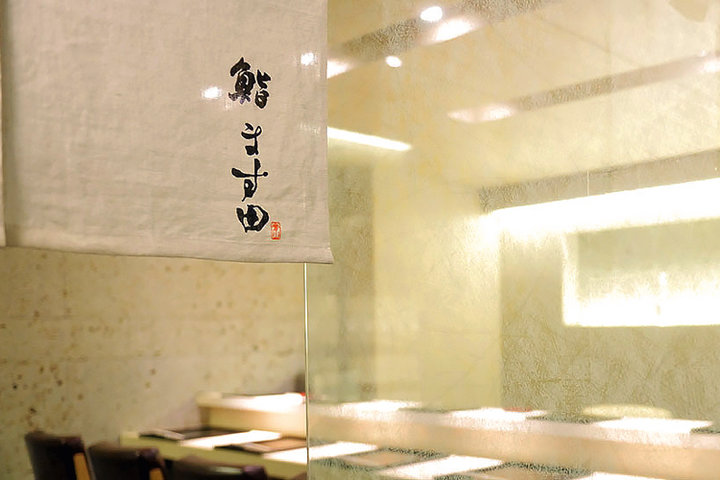
(Omotesando)
Edo-style traditional sushi prepared according to the traditions of the renowned three-starred restaurant
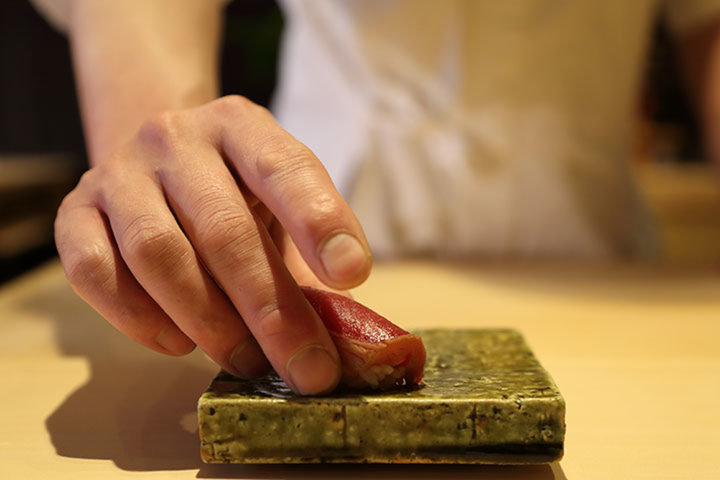
(Monzen-Nakacho)
Edo-style sushi with a special touch served in a calm and modern Japanese space
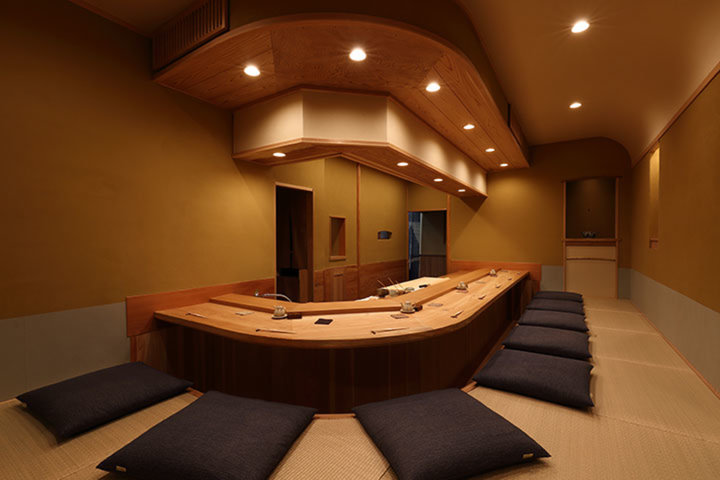
(Kichijoji)
Sushi with passion by the owner who was once an immediate wholesaler in Tsukiji fish market
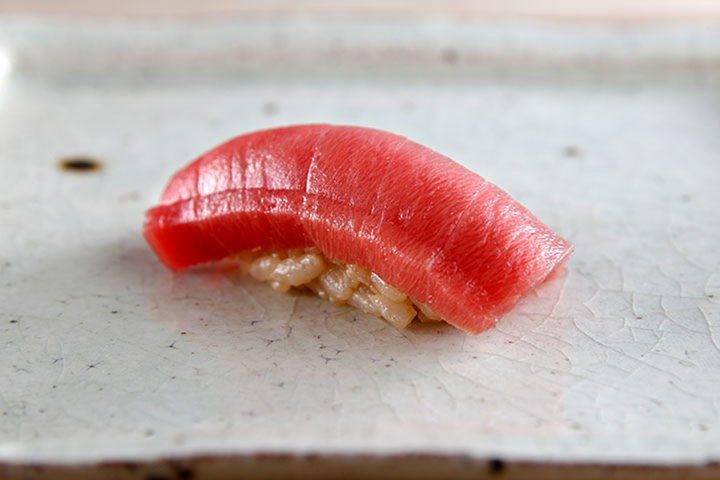
(Nishi-Ogikubo)
Mature sushi made in an original way and Japanese sake suggested by the sommelier.
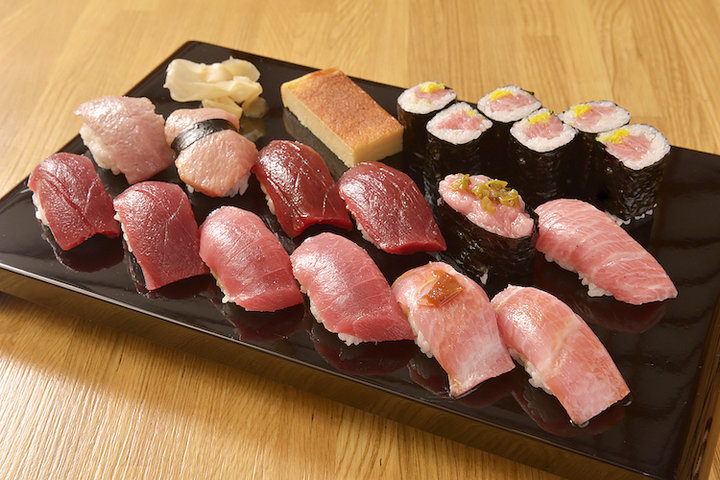
(Okusawa)
A sushi resaturant where you can savor real tuna served with either soy sauce, garlic soy sauce, or in aburi (roasted) style.
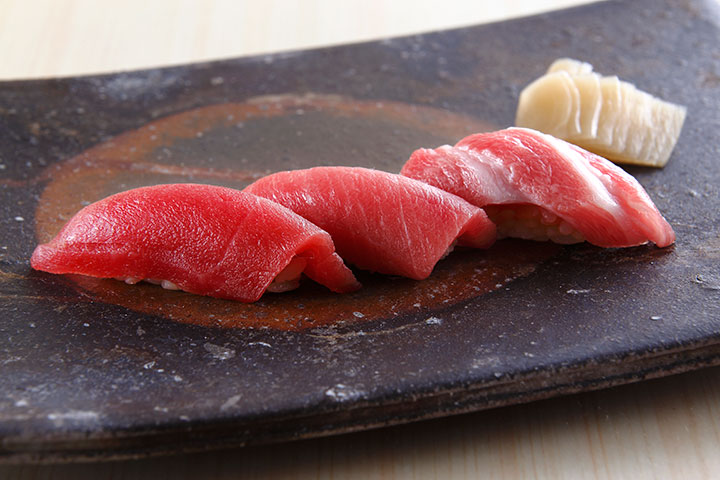
(Sirokane)
From Kagoshima fisherman to world-class sushi restaurateur. An unconventional sushi chef plies his trade in Shirokane.
Pocket Concierge is Japan's premier online booking & payments service for gourmet experiences; we currently have over 770 partner restaurants that we recommend with pride, including both those of international renown, frequently featured in gourmet info-channels and decorated with accolades, as well as those hidden gems, unknown shops highly regarded by fellow chefs, and members-only hole-in-the-walls invisible to the common public.

We provide smooth access to our partners in Tokyo, Kyoto, Osaka, and more, with the Pocket Concierge concept of 'connecting the world to Japan's culinary extraoridinance, without the hassle of barriers' in mind; our service provides full reservation support in English as well as web-based cashless transaction, making even the most unapproachable of sanctuaries just a click away! Pocket Concierge welcomes all foreign visitors to check us out!